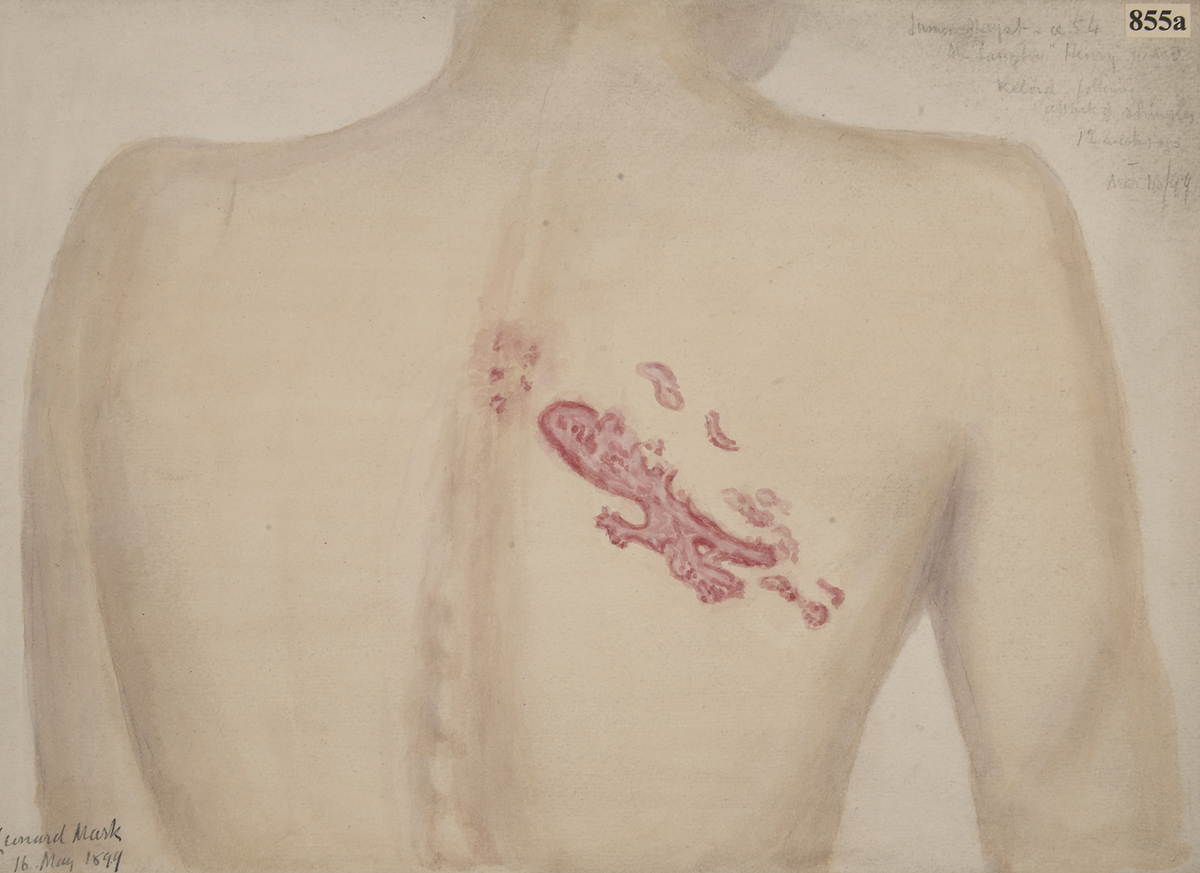
What is a Keloid Scar?
Keloids are characterized by overgrowth of scar tissue at the site of a healed skin injury. They are raised and the red in color. Keloids are more commonly seen in darkly pigmented people. Usually, keloid scars don’t cause pain but they are a cosmetic problem.
Keloids shouldn’t be confused with hypertrophic scars, which are similar to keloids but do not grow beyond the boundaries of the original wound. Hypertrophic scars are more common but not as big as keloids. They are red and raised but they fade with time. Both keloids and hyperthropic scars result from injury to the skin.
Causes of KeloidsKeloid scars develop due to several reasons such as:Lack or excess in melanocytehormone (MSH)African-American people are at highest risk of developing keloidsKeloids can occur at the site of piercing such as the earlobes and abdomenThe tendency to form keloids seems to run in familiesKeloids can result from a variety of skin injuries such as surgical incisions, vaccination sites or traumatic woundsThese scars may form because of excessive skin tension during healing or due to infection such as severe acne or chickenpox scarring and burnsSkin or muscle tension in the upper arm and back may lead to keloid formationSunburns may also cause formation of keloid scars. Higher incidence of keloids is in women and people aged from 10 to 30Symptoms of KeloidsPain and itching usually accompany keloid scars unlike normal scarsKeloids may have red and dark color patchesKeloid scar expands beyond injury site Even though keloid scars can form on any part of the body, it has been noticed that white people usually form keloids on the face and arm while dark skinned people often develop these scars on the face and legsKeloids are usually firm and raised with color that can vary from pink to brownThey generally form over the wound or injury sitePeople with keloid scars may have restricted movement if scar has developed over the large skin area on certain body partsTreatment of Keloid Scars
Keloids may be prevented by using a pressure dressing, silicone gel pads or paper tape over the injury site. Once they have formed, there is no completely satisfactory treatment. The best initial treatment is to administer steroid or cortisone injections. After these injections, keloids may become less visible and may flatten. Cryosurgery (freezing) is an option for smaller keloids. This includes liquid nitrogen that can prompt recovery. Laser treatment can improve skin texture and color but cannot remove keloid scar. Surgical removal of keloids includes skin grafts or excision. For severe cases, x-ray treatment is given immediately after surgical excision. This can be successful in around 85% of severe cases. Silicone gel sheeting that is applied on keloid scars for several months can to some degree reduce and improve elasticity of these scars. Compression with pressure bandages may help in softening keloid scars.


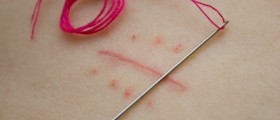




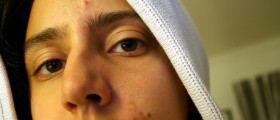
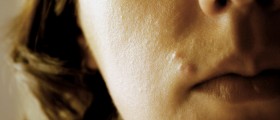

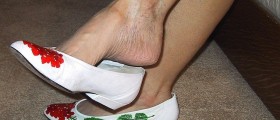

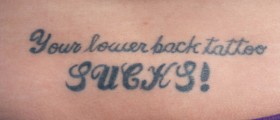

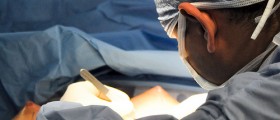

Your thoughts on this
Loading...